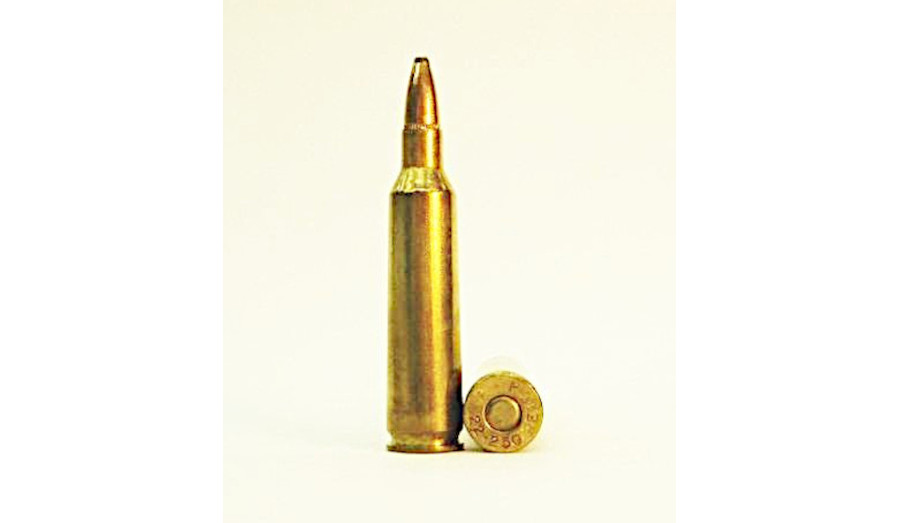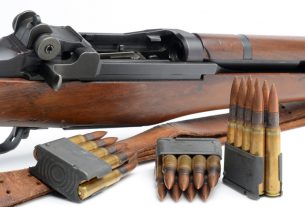As smokeless powder technology began to develop in the 20th century, cartridge designers were able to push bullets to unheard of velocities. With the discovery of hydrostatic shock as a method of wounding and killing game, many designers readily adopted small caliber, high velocity cartridges. The race for velocity was on.
One of the cartridges that resulted from that era was the .22-250, now known as the .22-250 Remington. The cartridge originated as a wildcat development of the .250-3000 Savage, necking the .25-caliber cartridge down to .22-caliber. That allowed the cartridge to achieve 4,000 feet per second with certain bullets.
While the .22-250 isn’t as fast as the .220 Swift, it achieved commercial success that the .220 never did, although it took a while. It wasn’t until the early 1960s that Browning, Remington, and others began to chamber the then-wildcat .22-250 in their rifles. That established the commercial viability of the cartridge, and it hasn’t looked back.
The .22-250 is primarily intended as a varmint cartridge, as its normal rifling twist rates of 1:12 and 1:14 are ideal for lightweight varmint bullets but are unable to stabilize longer, heavier bullets that have become more common in .22-caliber rifles today. The .22-250 is capable of pushing 35-grain bullets to nearly 4,500 feet per second, a speed that would do a number on varmints. At the upper end of the range, the .22-250 can chamber shorter, rounder-nosed 65- to 70-grain bullets and push them to 3,500 feet per second. Muzzle energy ranges from 1,600 to 1,750 foot-pounds. That makes it powerful enough to take deer and similar game with the right bullets, although it generally isn’t recommended, and is illegal in some states.
The major drawback to the .22-250 today is that it shares the same case head size as the .308 Winchester, and is generally chambered in .308-class rifles, including semi-automatic rifles. But because it is generally used with such short, light varmint bullets, it doesn’t take advantage of the full envelope of the .308’s size.
In semi-automatic rifles, for instance, cartridges such as the .22 Creedmoor can launch large, heavy .22-caliber bullets to long distances. And AR-15 cartridges such as the .22 Nosler and .224 Valkyrie can push light bullets to over 4,000 feet per second while still being able to push 80-grain and 90-grain heavies, giving them greater versatility. Thus, the .22-250 is quickly being outclassed by new cartridge developments.
As with all cartridges during the ammo shortage today, ammunition and components are difficult to come by. And as new cartridges are developed, the popularity of the .22-250 is likely to wane. If you have a .22-250 already, you have a perfectly capable cartridge for a survival scenario. But if you’re looking to choose a new .22-caliber cartridge from scratch, there are better options available to you today.
This article was originally posted on Red Tea News.





